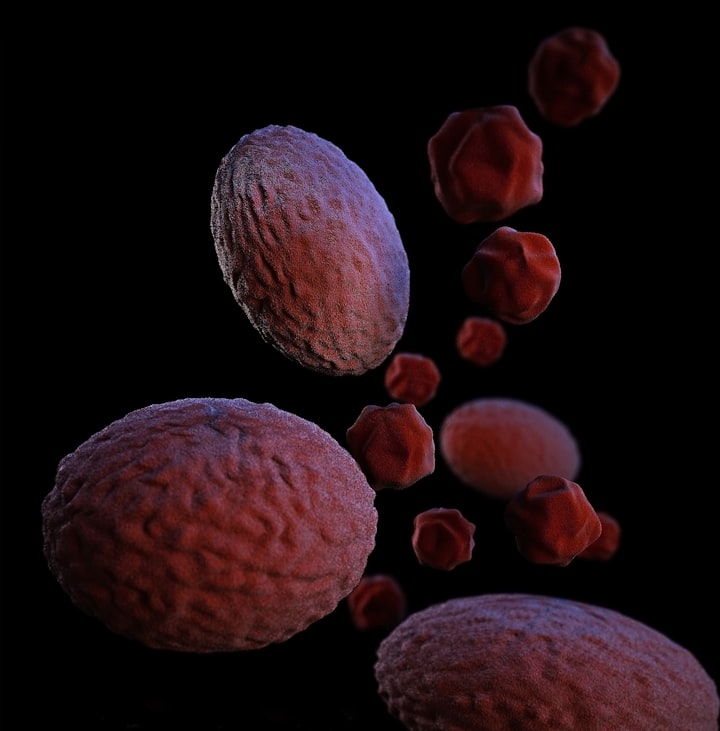KAWASAKI Disease
Possible solutions and cures
Kawasaki disease is a rare but serious condition that primarily affects young children. It is characterized by inflammation in the blood vessels throughout the body, including the coronary arteries, which supply blood to the heart. While the exact cause of Kawasaki disease is unknown, researchers believe it may be triggered by an abnormal immune response to an infection.
The symptoms of Kawasaki disease can vary from mild to severe. In the early stages, children may experience a high fever that lasts for at least five days, accompanied by redness in the eyes, a rash, and swollen hands and feet. They may also have swollen lymph nodes in the neck and irritability. As the disease progresses, children may develop peeling of the skin on their hands and feet, joint pain, diarrhea, and abdominal pain.
When Kawasaki disease is suspected, prompt diagnosis and treatment are crucial to prevent complications, particularly damage to the coronary arteries. The standard treatment for Kawasaki disease involves administering intravenous immunoglobulin (IVIG) and aspirin.
IVIG is a medication derived from donated blood plasma that contains antibodies to help regulate the immune response. It is administered intravenously and has been shown to reduce inflammation in the blood vessels, leading to a decrease in the risk of developing coronary artery abnormalities. In most cases, a single dose of IVIG is sufficient, but some children may require additional doses if the fever persists.
Aspirin, a common medication used to relieve pain and reduce inflammation, is also an essential component of Kawasaki disease treatment. In this case, aspirin is given in high doses initially to help reduce the risk of blood clots and inflammation in the coronary arteries. After the acute phase of the illness, the aspirin dosage is usually reduced to a low dose, which is continued for several weeks to months to prevent complications and help protect the heart.
While IVIG and aspirin are the primary treatments for Kawasaki disease, additional therapies may be considered in certain situations. For instance, if a child does not respond adequately to IVIG, corticosteroids may be prescribed to reduce inflammation. Corticosteroids work by suppressing the immune response and can be administered orally or intravenously. However, their use is carefully considered due to potential side effects and the need for further research on their efficacy.
In some cases, children with Kawasaki disease may require additional interventions to manage complications or persistent symptoms. For instance, if the coronary arteries become significantly dilated or develop aneurysms (weakened areas), further treatment options such as anticoagulants, antiplatelet medications, or even surgery may be necessary.
It is important to note that early diagnosis and treatment of Kawasaki disease significantly improve outcomes and reduce the risk of complications. Children who receive timely and appropriate treatment have a high chance of recovering fully with minimal long-term effects on their heart health.
Research and ongoing studies are continually expanding our understanding of Kawasaki disease, leading to improvements in diagnosis and treatment approaches. Scientists and medical professionals around the world are dedicated to uncovering the underlying causes of the disease, identifying potential risk factors, and developing new therapies to enhance patient outcomes.
In conclusion, Kawasaki disease is a complex condition that primarily affects young children and involves inflammation in the blood vessels. Additional interventions, such as corticosteroids, may be necessary for children who do not respond adequately to initial treatment.Timely diagnosis and treatment, including IVIG and aspirin, play a crucial role in reducing the risk of complications, particularly damage to the coronary arteries. Ongoing research and medical advancements aim to improve our understanding of the disease, identify new treatment options, and ultimately provide better care for children affected by Kawasaki disease.






Comments
There are no comments for this story
Be the first to respond and start the conversation.